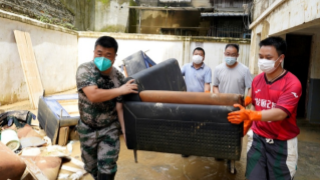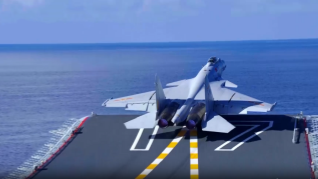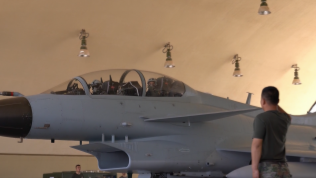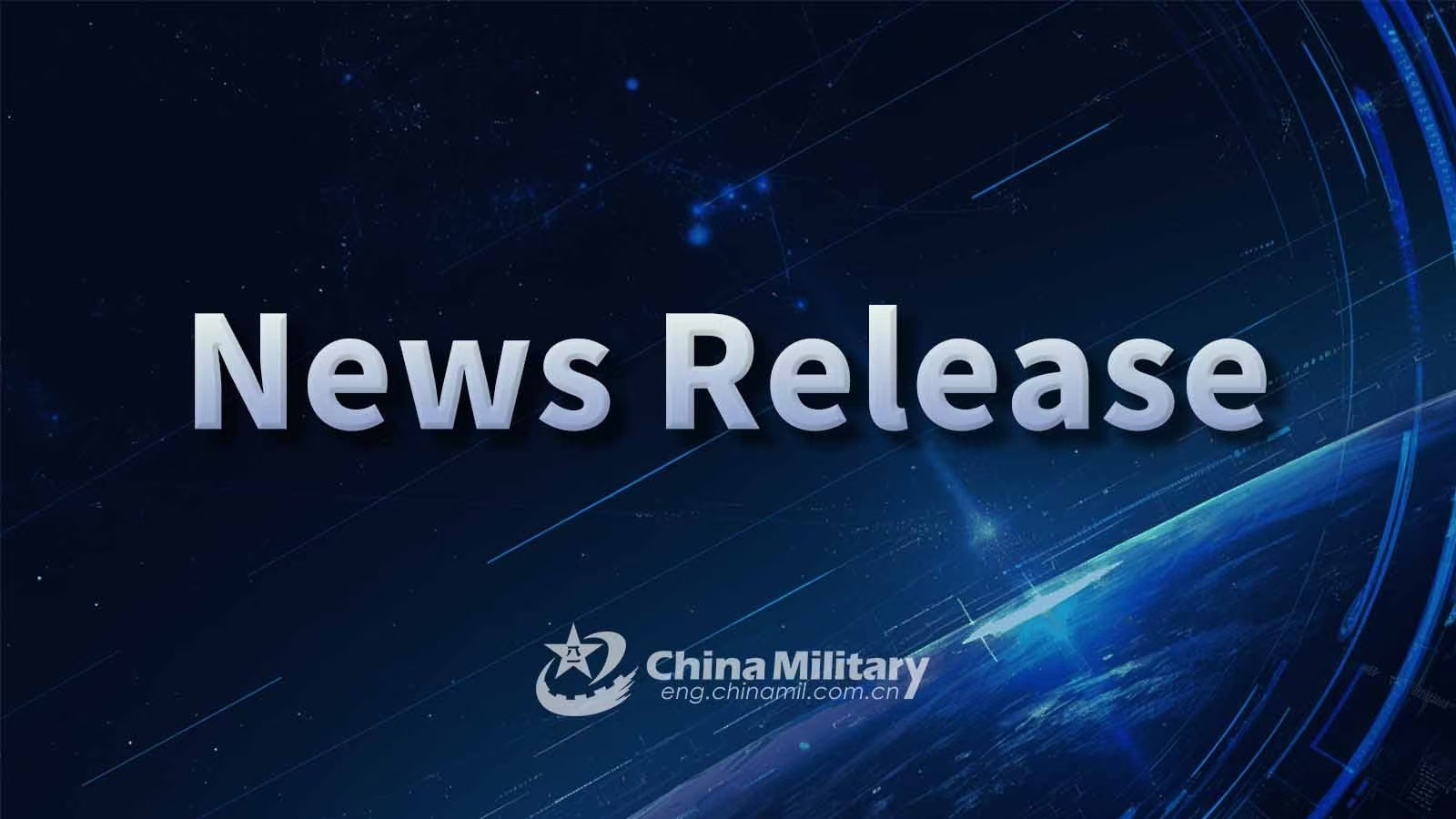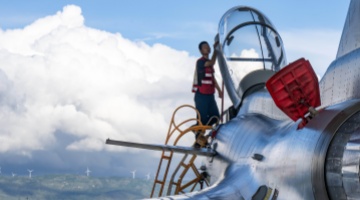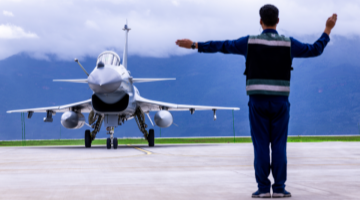According to a recent report by The New York Times, US President Joe Biden approved in March a highly classified nuclear strategic plan that, for the first time, reorients America's deterrent strategy to focus on China's "rapid expansion in its nuclear arsenal".
Although the Biden administration has consistently emphasized nuclear arms control, it is making a sharp turn in its nuclear weapons development and usage policy. To make the public in the US and worldwide adjust to and accept this "sharp turn," Washington needs to continue publicity campaigns by cooking up excuses and framing nuclear expansion as an "unavoidable choice."
The information revealed so far shows that the new US nuclear strategy mainly differs from the 2022 Nuclear Posture Review in two points.
One is that it makes new judgments. The 2022 Nuclear Posture Review emphasized the so-called "two-peer nuclear problem" that the US would face two nuclear peers, China and Russia, by the 2030s. The US Acting Assistant Secretary of Defense for Space Policy Dr. Vipin Narang stressed earlier this month that such an expression understated the complexity of the challenge to the US. In the future, the US would face "multiple nuclear challengers" with Russia, China, North Korea, and others collaborating with each other.
The other is that it introduces new propositions. According to the 2022 Nuclear Posture Review, the current US nuclear forces are generally sufficient to address evolving threats and the effectiveness of future strategic deterrence will largely depend on the modernization of its nuclear forces and integrated deterrence. However, the statements of Narang and Pranay Vaddi, Senior Director for Arms Control, Disarmament, and Nonproliferation at the National Security Council, show different opinions. They hold that if the nuclear arsenals of adversaries continue to develop as currently anticipated, the US might increase the number of deployed nuclear warheads or develop more types of nuclear weapons.
The US currently owns 5,044 nuclear warheads, of which approximately 1,770 are deployed, 1,938 are in reserve, and 1,336 are out of service and awaiting dismantlement. In the foreseeable future, no other country can have a nuclear arsenal reaching the scale of those of the US or Russia. According to estimation from the International Campaign to Abolish Nuclear Weapons (ICAN), global spending on nuclear weapons in 2023 was $91.4 billion. That of the US was $51.5 billion, which is more than the combined spending of all other countries.
Currently, the US is developing the B61-13, a modern variant of the B61 nuclear gravity bomb, for its air-based nuclear forces. For the sea-based nuclear forces, it is actively developing and deploying sea-launched nuclear cruise missiles. For the land-based nuclear forces, it is advancing the LGM-35 Sentinel intercontinental ballistic missile upgrading program.In terms of extended deterrence, it is strengthening the NATO nuclear alliance in Europe and enhancing forward-deployed nuclear forces in the Asia-Pacific region. The so-called "two-peer nuclear problem" is nothing more than excuse cooked up by the US to maintain its strategic advantage.
Recent statements of US officials indicate a clear trend towards adjusting nuclear strategy, expanding the nuclear arsenal, and diversifying nuclear weapons. This trend will not change significantly no matter who wins the election. Before the expiration of the New START Treaty in 2026, the US may maintain the appearance of compliance by not exceeding the 1,550 deployed warhead limit. However, after 2026, Washington is likely to rapidly expand its nuclear arsenal and re-mount stored warheads onto missiles. From the perspective of the US, the new nuclear age is imbued with the characteristics of the old nuclear era from the Cold War.
(The author is the director of the Center for Arms Control Studies, China Institutes of Contemporary International Relations)
Editor's note: Originally published on huanqiu.com, this article is translated from Chinese into English and edited by the China Military Online. The information and opinions in this article do not necessarily reflect the views of eng.chinamil.com.cn.





